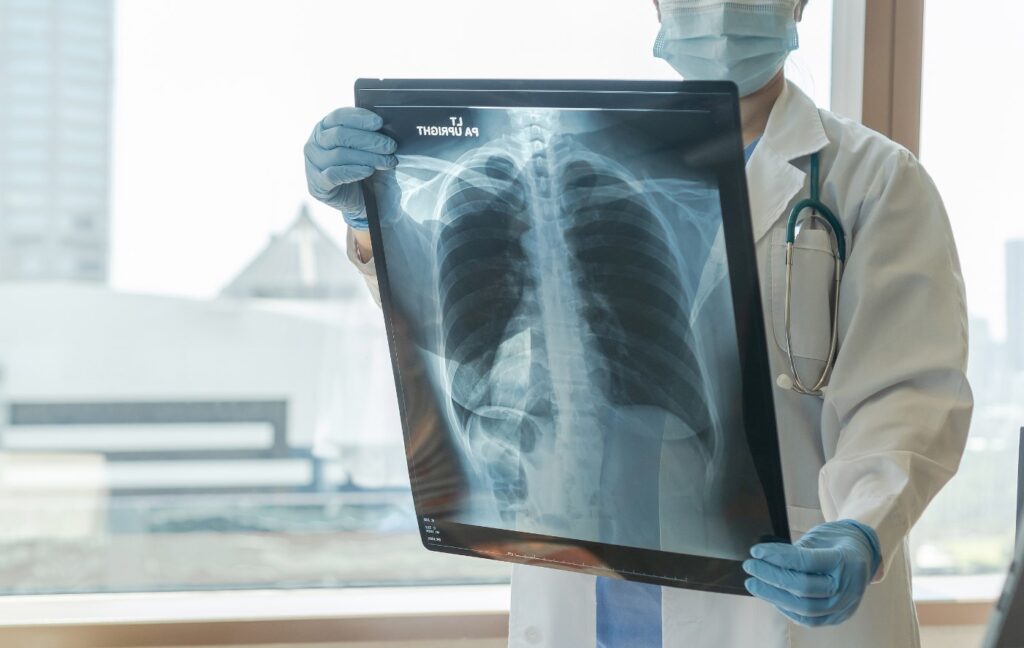The pandemic has brought about changes in the way we work as lawyers. We have all adapted to zoom hearings, mediations and depositions. When the pandemic ends, I personally hope we’ll keep doing some of the things we are doing now that are more efficient and less costly.
The legal industry has not been the only industry to make adjustments in the way people work. Even before the pandemic struck, the medical industry was already moving towards virtual-type services such as telehealth and telemedicine. It may come as a surprise but these two are not the same. Telehealth is the broader umbrella of providing remote health care services, including non-clinical services like trainings and education, while telemedicine is the actual practice of medicine at a distance using technology.
Though telehealth and telemedicine technologies have long been developed, a full integration of these technologies into the American health system has been slow. Not only are there integration barriers but both legal and regulatory frameworks are failing to catch up with the level of innovation. Currently, there are no uniform legal approaches among the fifty states in handling issues related to telehealth and telemedicine. An equally concerning matter is medical malpractice and the changes in the standard of care from state to state which inevitably affects the parity between in-person services and virtual ones. And then there are reimbursement questions, from private payors to Medicare, the rates for telehealth or telemedicine services are not currently required to be the same as in-person services.
Much less discussed, but gaining in popularity in medical practice, tele-radiology is the electronic transmission of images (such as x-rays, CT scans and MRIs) to a radiologist at a different location, be it down the street, another state, or halfway across the world. The radiologist then reviews and interprets the images remotely and provides a report or diagnosis. Utilizing technology to access available radiologists and to streamline a review process seems both easy and efficient.
ProScan, one of the largest MRI-reading companies in the United States, was caught in the crosshairs of patient safety in a 2017 federal lawsuit that was just unsealed in 2019. The False Claims Act lawsuit accused ProScan of having their doctors sign off on reports that were only reviewed by physician assistants, leading to frequent misdiagnoses. For example, ProScan stated a patient’s MRI showed no acute injury but when the MRI was reviewed by a different doctor, he found two severe spinal cord injuries and a complete tear of the ligament.
Outsourcing the review of imaging to radiologists across state lines is one thing, but to outsource this service overseas is an entirely different, and difficult, legal issue. Yet, it happens all the time, and likely illegally too, despite CMS’s requirements for remotely interpreted radiographic images. If these images are reviewed overseas, CMS requires the overseas radiologist to provide a preliminary report, to be reinterpreted and signed off by a U.S. radiologist before submission as a final report.
“Ghost reading” is where overseas radiologists review films and provide reports; are paid significantly less for their services; and the U.S. radiologist signs off on that report without reading it and without reinterpreting it as required. If the report is accurate then lucky you, doctors and patients alike just narrowly missed the bullet, one of liability while the other of potential injury or death. But if the report is mired with inaccuracies then there are serious problems.
Take Dr. Rajahakher Reddy—in 2009, Dr. Reddy was indicted on federal charges like wire, mail and health care fraud, and obstruction of justice. For nearly a year, Dr. Reddy fraudulently signed and submitted radiology reports for approximately 40,000 patients without ever reviewing or analyzing the films himself.
Even without an inaccurate report, licensing and qualifications of radiologists not located within your state are big, red flags. Now, a U.S. radiologist submitting an overseas report as final without reading, reviewing, or reinterpreting it can lead to miscommunications and misdiagnoses. Such outcomes can only be devastating for the patient. Additionally, payment is an issue. These overseas radiology services are questionable in their legality and clearly not reimbursable by Medicare. By submitting such errant claims, providers are playing with malpractice fire as well as possible False Claims Act violations.
Although doing things virtually in law, and in medicine, can be more convenient, efficient, and cost effective, they are not without risks. When it comes to tele-medicine in general and tele-radiology in particular, extra care must be taken by the healthcare industry to ensure that the technology is not abused.
In the meanwhile, stay safe out there everyone!











Comments 1
Hello Kay, I am in Britain and believe that hacking abuses are growing exponentially here in terms of illegal tele-radiology by organised criminal networks. The police does not believe that these people make money on me by exposing me to long hours of radiation during the night to record my physiology, they do not believe that this is burning my nerves and made me suddenly incontinent from the age of 30, made my teeth fall and gave me constant tinnitus. I have no way of proving this.